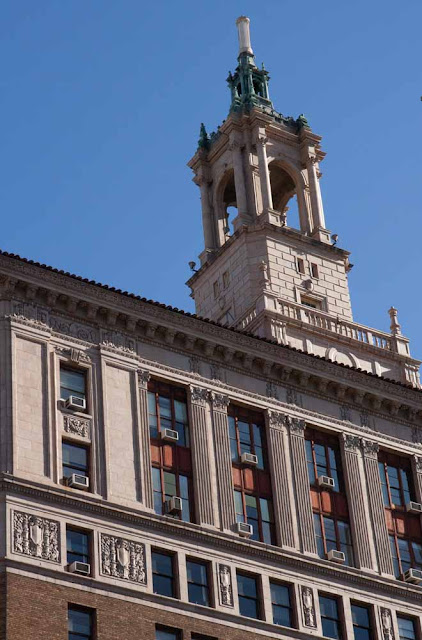Sandhill Cranes may have been our focus on our recent birding expedition to the Delta but they certainly weren't the only birds we saw. Good Crane habitat is good habitat for a variety of species.
Tundra swans and geese enjoy the flooded fields as well. But what kind of geese?
My first thought was that this goose, right behind the swans, was a Canada Goose although it seemed rather small and stocky. When I read Eileen's post about the Brants I decided I needed to take another look. No, not a Brant. I went to one of my favorite sources, the Cornell site. Here I learned about a newly recognized species, the Cackling Goose. This guy seems to meet the criteria, smaller and with a shorter neck and bill than the Canada Goose, and with the white neck band, which is more common with the Cackling Goose. There were several of these little guys.
In another field I spotted some little ducks in the distance, moving away as fast as there little feet could paddle. Downloaded to the computer and cropped I saw that they were Ruddy Ducks, the first I have seen this year.
In the irrigation ditch beside the road was a Snowy Egret. We watched him as he used his big yellow feet to stir up the mud, looking for food.
Feeding in the same ditch was this Greater Yellowlegs. He seemed to be using a similar technique to find food.
A Great Egret and Blue Heron took a siesta in a field.
Feeding in the same ditch was this Greater Yellowlegs. He seemed to be using a similar technique to find food.
A Great Egret and Blue Heron took a siesta in a field.
Down the road some Curlews were foraging.
I know I've shared several images of Kestrels but here is one more. My best yet and I doubt I will ever do better of a Kestrel in the wild.
Your can find more views of our wonderful world at Our World, Tuesday, hosted for us by Arija, Gattina, Lady Fi, Sylvia and Sandy.
Find more birds at World Bird Wednesday, hosted for us by Springman
I know I've shared several images of Kestrels but here is one more. My best yet and I doubt I will ever do better of a Kestrel in the wild.
Your can find more views of our wonderful world at Our World, Tuesday, hosted for us by Arija, Gattina, Lady Fi, Sylvia and Sandy.
Find more birds at World Bird Wednesday, hosted for us by Springman











































